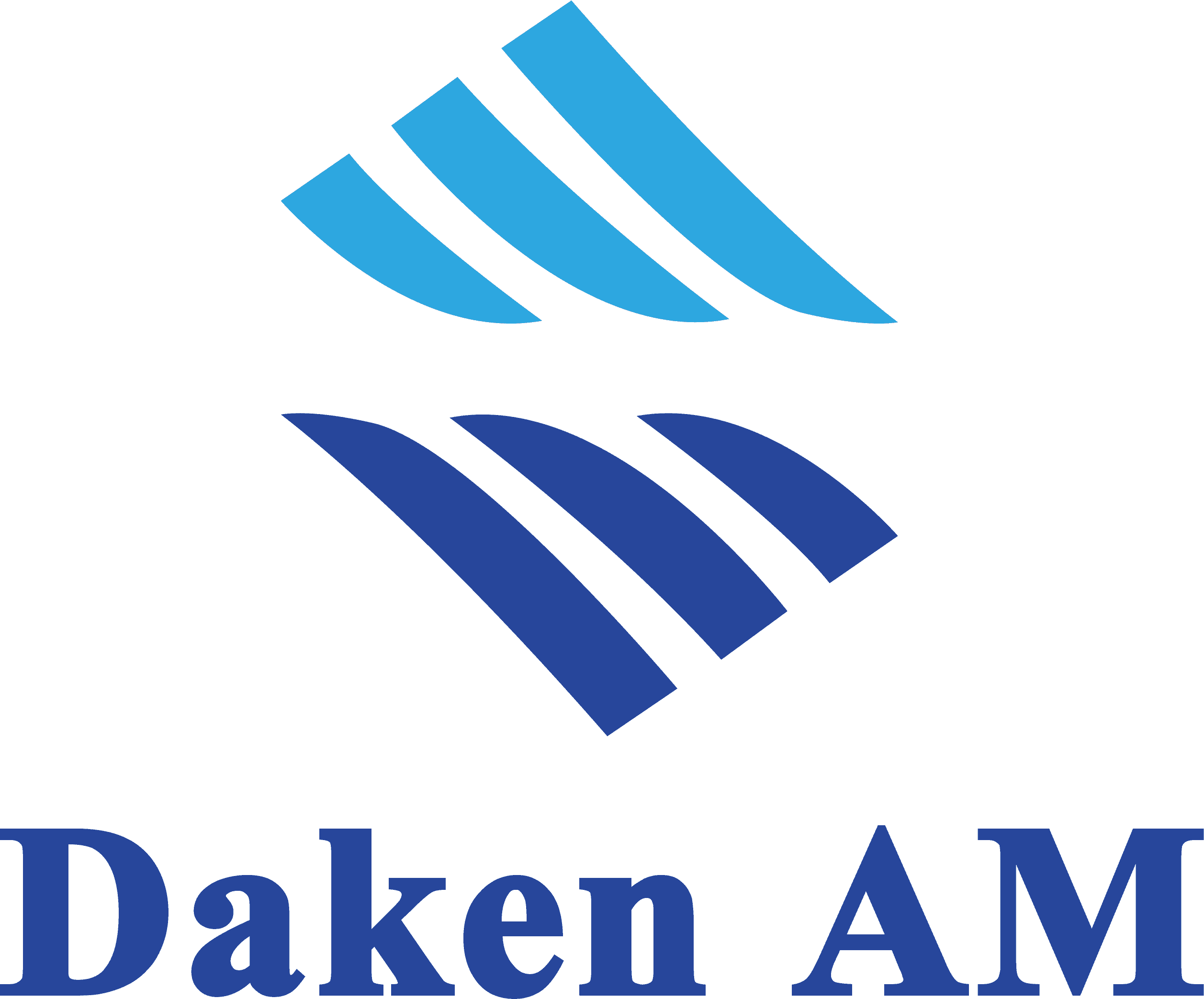| Shanghai Daken Advanced Materials Co.,Ltd | |
|---|---|
| Country: | China |
| Tel: | +8637166670886 |
| E-mail: | info@dakenam.com |
| QQ: | 1690700875 |
| Skype: | Chat Now! |
A new polyimide monomer for PSPI: 4,4’-(Cyclohexane-1,1-diyl)bis(2-aminophenol) CAS NO.: 30817-90-4
Release time: 2024-07-10
What is 4,4’-(Cyclohexane-1,1-diyl)bis(2-aminophenol) CAS NO.: 30817-90-4?
4,4’-(Cyclohexane-1,1-diyl)bis(2-aminophenol) CAS NO.: 30817-90-4 is an important intermediate in organic chemical industry, it is mainly used as polyimide monomer for PI film, PSPI and other polyimide materials. The structure of 4,4’-(Cyclohexane-1,1-diyl)bis(2-aminophenol) CAS NO.: 30817-90-4 is as following:
What is PSPI?
PSPI (photosensitive polyimide) is a very important semiconductor material. Its full name is "photosensitive polyimide". This material combines the excellent physical and chemical properties of polyimide (PI) with the characteristics of photosensitive materials.
PSPI is similar to photoresist. Under the radiation of ultraviolet light, α-rays, X-rays, etc., the structure of the irradiated part will change and it can be dissolved in the corresponding solvent, so it can be used to make precise patterns.
The Structure of PSPI
Main chain: The main chain is composed of repeated imide ring structures (-CO-NH-CO-).
Photosensitive groups: Photosensitive groups are functional groups that can undergo chemical reactions under the irradiation of light of a specific wavelength. The introduction of photosensitive groups enables the material to crosslink or decompose under light. Common PSPI photosensitive groups include: epoxy groups, double bonds, azo compounds, etc.
Other functional groups: Other special functional groups are introduced to improve its electrical properties or processability.
What are the superior performance of PSPI?
a: Good dielectric properties: The dielectric constant is usually between 3.0 and 3.5, which can be reduced to 2.5 after improvement; the dielectric strength is very high, usually between 200 and 300 kV/mm; the volume resistivity is very high, between 10^16 and 10^18 Ω·cm; the surface resistivity is also very high, usually in the range of 10^13 to 10^16 Ω. PI has excellent electrical insulation at high voltage and different frequencies, and can effectively prevent current leakage and electrical breakdown.
b: Wide operating temperature range: Maintains its physical properties at extreme temperatures (between -269°C and +400°C).
The thermal expansion coefficient is very low: The thermal expansion coefficient is about 20 to 50 ppm/°C. That is, the volume changes very little when the temperature changes.
c: Excellent mechanical properties: high strength; high toughness; strong impact resistance;
d: Good chemical stability: resistant to many organic solvents, acids, alkalis, etc.
What are the advantages of PSPI over non-photosensitive PI?
Compared with non-photosensitive PI, PSPI greatly simplifies the processing steps and saves costs
PSPI process steps:
Coating → Soft bake → Exposure → Development → Curing
PI process steps:
PI coating → Curing → Photoresist coating → Photoresist soft bake → Photoresist exposure → Photoresist development → Photoresist post-bake → PI etching → Photoresist removal
Application of PSPI in the semiconductor industry
Semiconductor manufacturing: PSPI can be used as an insulating layer and dielectric layer to prevent electrical crosstalk between different layers in the chip; it can also be used as a protective layer, such as in etching or ion implantation processes, PSPI can protect the wafer surface from damage.
Wafer-level packaging: PSPI is mainly used as an insulating layer, protective layer, carrier of electroplating circuits, etc.
PCB board manufacturing: It is usually used as a barrier layer for Cu board, and then the Cu board is etched with a solution; then the PSPI dielectric layer is laminated with the Cu board.
Why choose 4,4’-(Cyclohexane-1,1-diyl)bis(2-aminophenol) CAS NO.: 30817-90-4 as new polyimide monomer for PSPI application?
4,4’-(Cyclohexane-1,1-diyl)bis(2-aminophenol) CAS NO.: 30817-90-4 is a fluoride-free polyimide monomer, Compared with other polyimide monomers, it can effectively reduce the production of fluoride in the reaction, it is a environmental friendly monomer.
As the EU and the United States have increasingly stringent regulations on fluorinated compounds, more and more companies are beginning to choose fluorine-free polyimide monomers to replace fluorinated monomers such as 6FDA. 4,4’-(Cyclohexane-1,1-diyl)bis(2-aminophenol) CAS NO.: 30817-90-4 is one of substitutes.
If you have any interests in our 4,4’-(Cyclohexane-1,1-diyl)bis(2-aminophenol) CAS NO.: 30817-90-4, please feel free to contact us info@dakenchem.com


